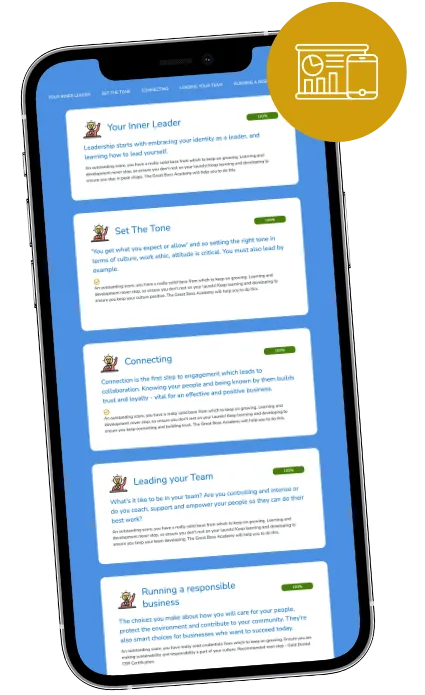
Why Pay Rises Don’t Make People Stay
A couple of months back, I got a call from a frustrated principal.
“We gave her a pay rise. A good one. Thought it would sort things out. But she’s still switched off. Doesn’t offer ideas anymore. Just coasts."
The nurse in question had been with the practice for years. Solid, reliable, well-liked. But lately, she’d been quiet. Clock-watching. Bare minimum.
The pay rise had been meant as a fix. A signal of appreciation. A motivator.
It lasted about a week.
Here’s what I said to the principal: "You’re not dealing with a money problem. You’re dealing with a meaning problem."
The Myth of Motivation by Money
We’ve all been there. Things start to wobble, so we reach for the most obvious lever: pay.
More money = more motivation, right?
Not really.
Pay is an external reward. It satisfies survival needs. Maslow got that right. We all need food, shelter, financial stability. And when people are underpaid, it absolutely matters.
But once those basics are met? What really drives us is internal: purpose, growth, autonomy, connection.
Culture lives in those intrinsic drivers. When someone is disengaged, it's rarely about what’s on the payslip. It’s about whether they feel seen. Heard. Trusted. Like their work means something.
We think money motivates. But what really motivates people is meaning.
Five Myths That Keep Leaders Stuck
Let’s bust a few:
Myth 1: If I pay them more, they’ll be more motivated.
Truth: Pay is an external motivator. But clarity, autonomy, and appreciation are internal — and far more powerful.
Myth 2: A pay rise shows I value them.
Truth: People feel valued through being heard, developed, and trusted. Money fades. Conversations stick.
Myth 3: A better wage will stop them leaving.
Truth: People leave poor leadership far more than poor pay. So build trust. Set expectations. Partner with your team.
Myth 4: Culture improves when people are better rewarded.
Truth: Culture improves when people feel safe, respected, and involved. Recognition and belonging are internal needs.
Myth 5: Giving more means I’m doing my part.
Truth: Generosity is part of it. But leadership is also about challenge, clarity, and accountability. That’s what creates meaning.
So What Does Work?
Three small shifts that make a big difference:
1. Get clear on roles.
People do their best work when they know what’s expected. Clarity breeds confidence. That’s an intrinsic reward in itself.
2. Build in regular feedback.
Don’t save it all for the annual appraisal. Monthly check-ins, a quick word after a great job, a simple "what’s been tough this week?" fuels internal motivation.
3. Show up.
Culture isn’t built in a staff handbook. It’s built in day-to-day moments. Time on the floor. A thank-you note. A conversation that says, “I see you.” That’s how people feel they matter.
If you’re relying on pay to fix what’s broken, you’ll stay stuck.
Leadership is more than perks and payroll. It’s presence. Clarity. Care.
No-one taught you to be a great boss. But you can learn to become one.
Join the newsletter for weekly stories, tools and practical fixes that help you lead with confidence.
Quick Links
Quick Links
Resources


Do you want to see how you're doing?
© great-boss.COM | ALL RIGHTS RESERVED | a purpose driven business programme | Membership T&C | PDB Ltd, The charmwood centre, southampton so40 2nr

